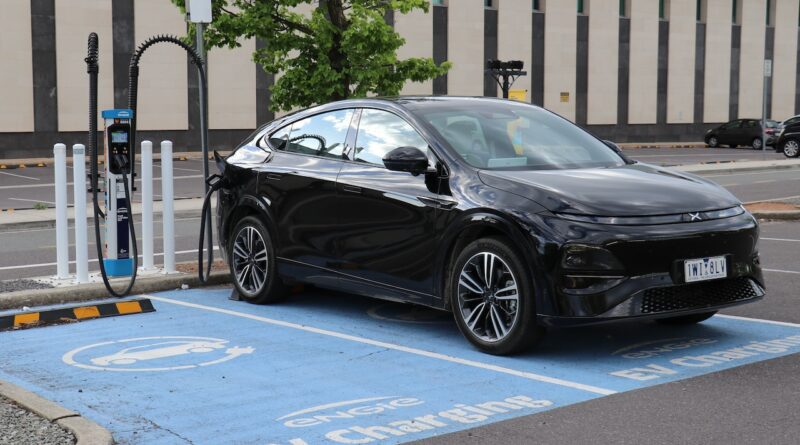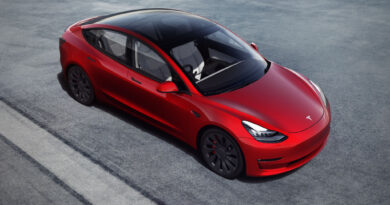“A Bundle Of Cash!” Australia’s new CO2 reduction scheme can be lucrative for EV brands, predicts local XPeng importer
While legacy auto makers ponder the financial impact of Australia’s new CO2 reduction scheme, the local importer of Chinese XPeng electric vehicles says there is the potential for EV-only brands to make “a bundle of cash”.
And TrueEV CEO Jason Clarke has confirmed approaches from other automotive brands seeking the credits it will generate importing zero emission XPengs under the New Vehicle Efficiency Standard (NVES).
However, Clarke also insisted TrueEV will not rely on the income from credits to achieve a profit for its XPeng business.
READ MORE: Touching down soon! XPeng’s enormous Land Aircraft Carrier coming to Australia. Yours for a mere $450,000!
READ MORE: Six appeal: 2025 XPeng G6 headed for Australia to fight refreshed Tesla Model Y with fresh tech and new batteries
READ MORE: XPeng M03 and P7+ electric sedans confirmed for Melbourne motor show: But which one will go on-sale in Australia?
“We can’t rely on that [NVES income],” Clarke told EV Central.
“We have to make sure we have efficiency and economy with all our operations and that we are doing the right thing with the cars.
“Because if that doesn’t pay for itself it’s kind of pointless.
“We want to make sure this brand shines in market.”
The NVES was introduced on January 1 2025 and begins measuring the CO2 emissions of every model sold by each auto brand retailing in Australia from July 1 2025.
Exceeding the CO2 emissions target will cost brands up to $100 per gram of CO2 per vehicle imported.
However, come in under the compliance target and a brand will earn credits that will balance out its own CO2 emissions.
An EV zero emissions brand such as XPeng can sell the credits it generates to brands that need them to avoid being fined.
Tesla and Polestar are other EV-only brands set to benefit from this form of carbon credit trading.
The credits do not have a set value, but are traded at a negotiated price between the seller and buyer.
The introduction of the NVES has already prompted Ford to drop 4×2 Everest and Isuzu its 4×2 MU-X diesel SUV models.
“If you are still keen to import a 12-cylinder recreational vehicle then yeah they would be looking at us as an ideal partner for that,” said Clarke.
“It [NVES] is great for us,” he added. “It is a great initiative and we will make it work.
“There is no mystery in that. If you get that right it can be very, very lucrative.
“It’s seen in carbon credit trading throughout the world.
“Certainly in Europe and other areas, you get that right and you can make a bundle of cash.”
Of course the more volume TrueEV generates in vehicle sales the more credits it will have to trade and income to generate.
At the moment it only sells the G6 medium SUV in Australia and will soon add an update of that model as well as an AWD Performance flagship.
The X9 people-mover, G9 large SUV, G7 seven-seat SUV, Mona M03 sedan and/or P7+ sedan are also all on the confirmed or probables list.
At this stage, though, sales volumes for XPeng are not being recorded publicly by the Federal Chamber of Automotive Industries’ VFACTS service. Clarke has stated that TrueEV does intend to report XPeng numbers via VFACTS.
But a request for an update on when Xpeng’s numbers would be reported, brought this resposne from a company spokesperson vua email:
“We appreciate the interest in XPeng’s progress in Australia and understand the curiosity around reporting figures. Right now, our priority is building a strong foundation for XPeng’s long-term success in the market. As we continue to grow locally, we are evaluating the best approach to industry reporting in alignment with our long-term strategy.”




